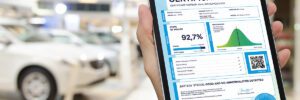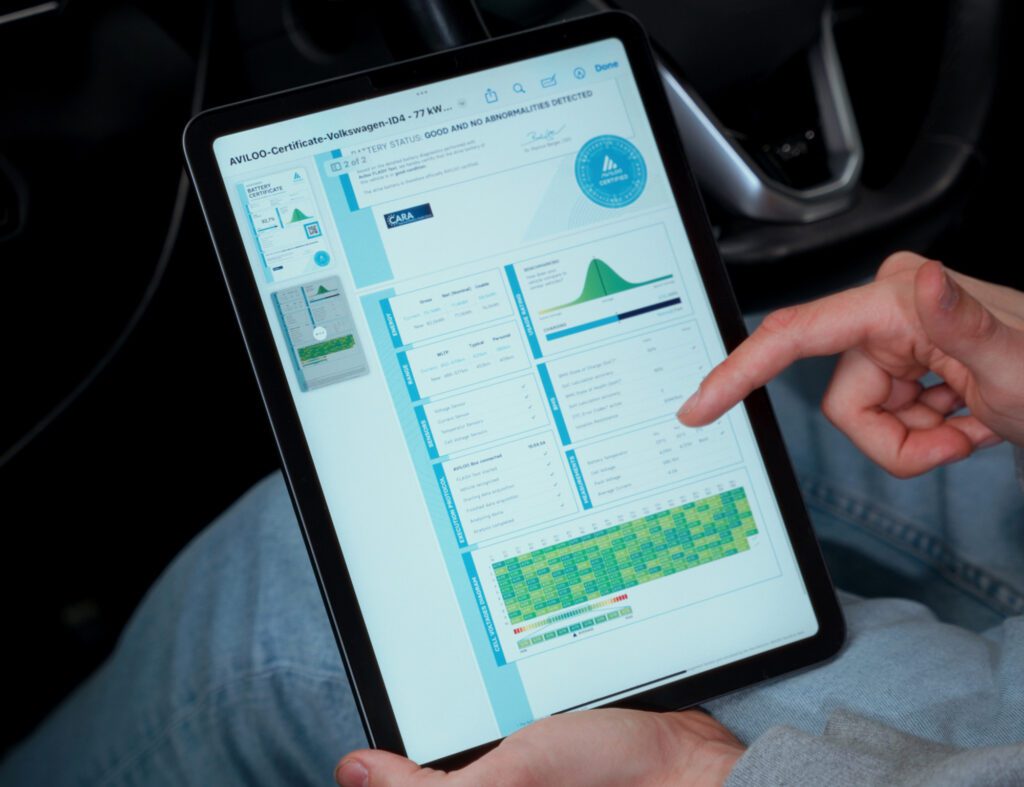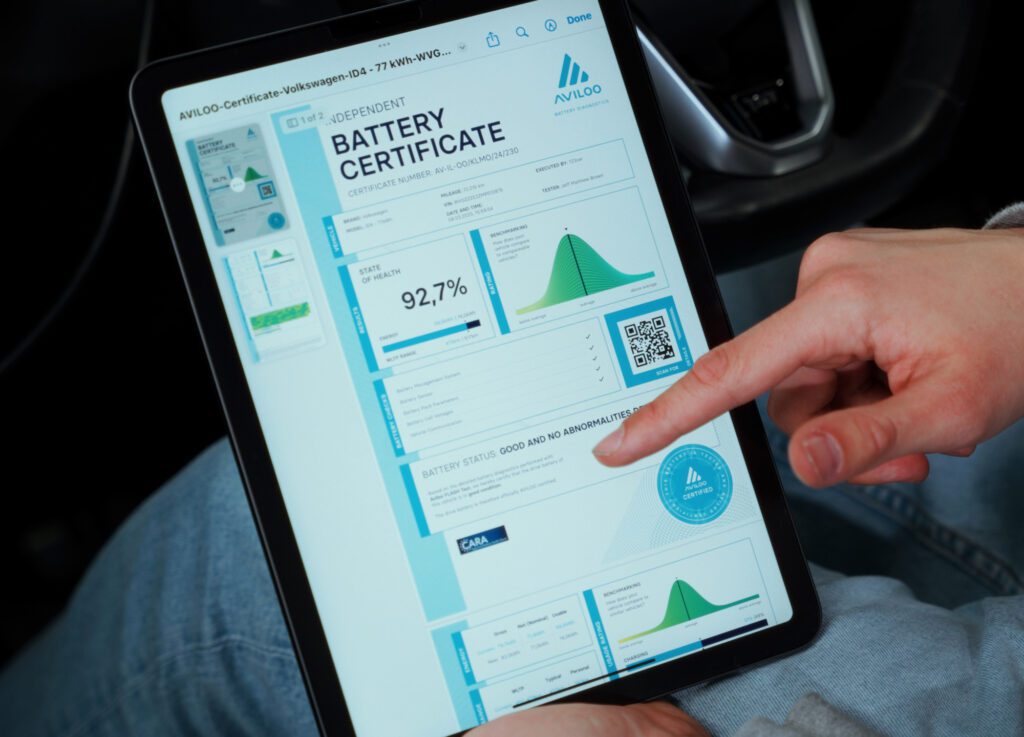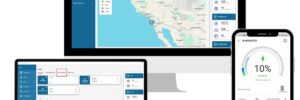
AVILOO has released an update to its FLASH battery test platform with a more detailed and accessible certificate for used electric vehicles and plug-in hybrids. The new version introduces additional metrics, benchmarking capabilities and a visual format designed to improve transparency and trust in the EV remarketing process.
The updated certificate includes the “AVILOO CERTIFIED” seal, which is applied when no defects or anomalies are found. It features improved state-of-health calculations using refined algorithms and AVILOO’s growing battery database. Additional enhancements include cell-level heatmaps for defect localization, comparative benchmarking based on battery size, mileage and age, and new range insights that compare real-world range to both manufacturer-rated and database averages.


The AVILOO FLASH Test is designed to deliver results in under three minutes and now generates results through a new visual format called AVILOO PREVIEW. This format highlights technical battery health indicators that aid remarketing professionals and non-expert customers in evaluating EV battery performance.
“The AVILOO battery test elevates battery diagnostics to a new technological level,” said CEO Marcus Berger. Adding that AVILOO independently calculates SoH instead of relying on data reported by vehicle battery management systems.
AVILOO’s clients, including Manheim Express Europe, have reported improved business metrics after integrating the certificate into their valuation workflows—such as 33.4% higher EV sales rates. The FLASH Test covers approximately 95% of vehicle brands and is TÜV- and CARA-certified.
Source: AVILOO

